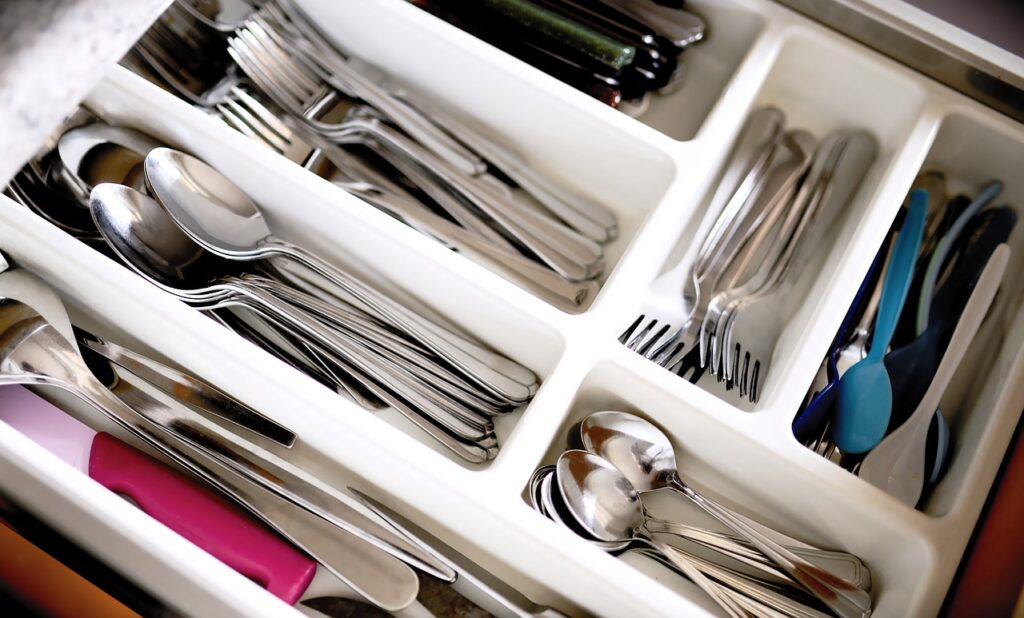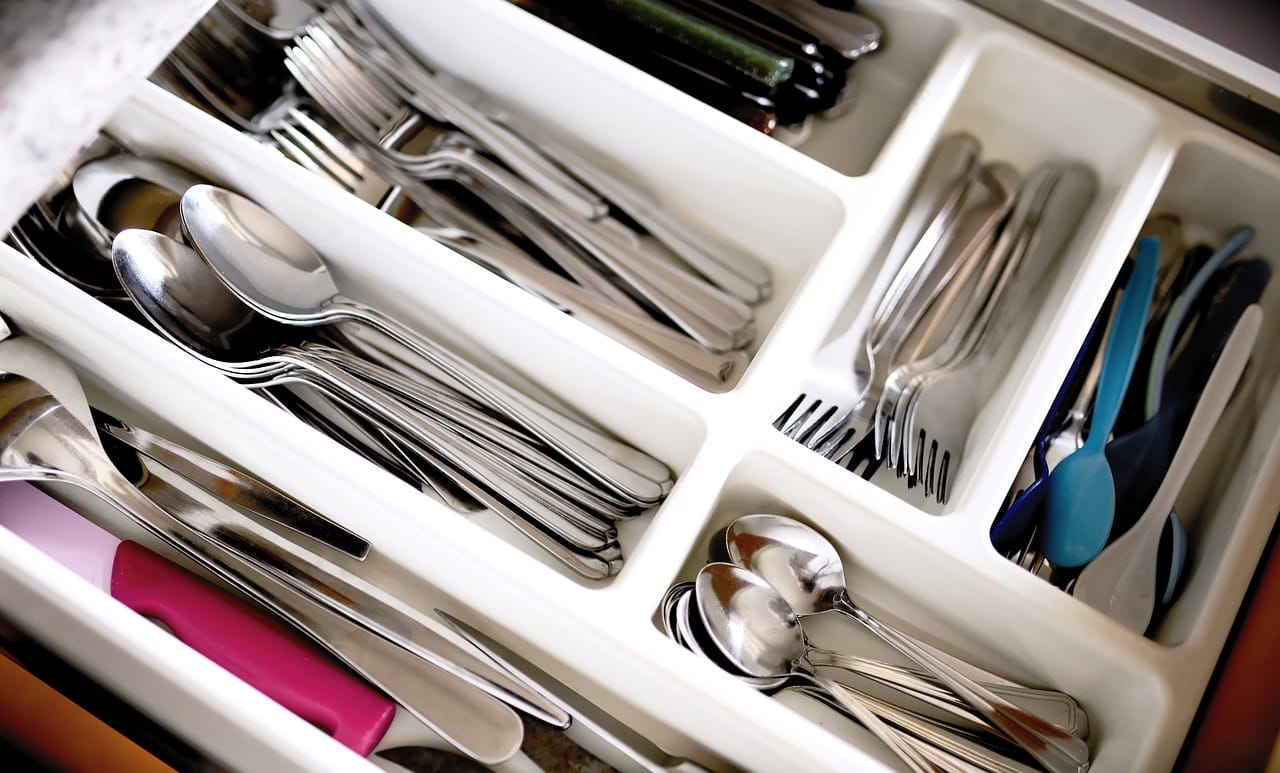Clean Knife, Safe Food: How to Clean and Sanitize Knives to Prevent Foodborne Illness
Knives are used in a variety of food preparation tasks, and they can easily become contaminated with bacteria. It is important to clean and sanitize knives after each use to prevent the spread of foodborne illness.

Contents
Here are some of the reasons why it is important to clean and sanitize knives:
- To prevent the spread of foodborne illness. Knives can easily become contaminated with bacteria from raw meat, poultry, and fish. If these bacteria are not killed, they can spread to other foods and make people sick.
- To keep knives sharp. A dull knife is more likely to slip and cause injuries. Cleaning and sanitizing knives helps to remove any food particles that could dull the blade.
- To make knives look their best. A clean and sanitized knife is a pleasure to use and looks more professional.
How Often Must a Knife Be Cleaned and Sanitized?
Knives should be cleaned and sanitized after each use. If you are using a knife to cut raw meat, poultry, or fish, you should also sanitize the cutting board and any other surfaces that the knife comes into contact with.
How to Clean and Sanitize a Knife
There are a few different ways to clean and sanitize a knife. The best method will depend on the type of knife and the amount of time you have.
For a quick clean, you can use a mild soap and water solution. Rinse the knife thoroughly and dry it with a clean towel.
Here are some knife cleaning products on amazon
Additional Ways To Clean Knife :
For a more thorough clean, you can use a dishwasher or a three-compartment sink. If you are using a dishwasher, place the knife in the top rack and run it on the sanitizing cycle. If you are using a three-compartment sink, fill the first compartment with hot, soapy water, the second compartment with hot water, and the third compartment with a sanitizer solution. Rinse the knife in the first compartment, then dip it in the second compartment, and finally dip it in the third compartment. Rinse the knife again with hot, running water and dry it with a clean towel.
To sanitize a knife with a sanitizer solution, mix one tablespoon of bleach with one gallon of hot water. Soak the knife in the solution for at least one minute, then rinse it thoroughly with hot, running water and dry it with a clean towel.
To sanitize a knife with a heat gun, heat the gun to the highest setting and hold it about six inches away from the blade for one minute. Be careful not to overheat the blade, as this could damage it.
To sanitize a knife with a microwave, place the knife in a microwave-safe bowl and fill the bowl with water. Microwave the knife on high for one minute, then let it cool for one minute before removing it from the bowl.
To sanitize a knife with a UV light, place the knife under the light for at least five minutes.
No matter which method you use, be sure to dry the knife thoroughly after cleaning and sanitizing it. A wet knife is more likely to rust.
Additional Tips
- Do not use the same knife to cut raw meat, poultry, and fish as you use to cut other foods. This can cross-contaminate the food and make people sick.
- Store knives in a safe place where they cannot be accessed by children or pets.
- Sharpen knives regularly. A dull knife is more likely to slip and cause injuries.
By following these tips, you can help to prevent the spread of foodborne illness and keep your knives clean and sanitary.

